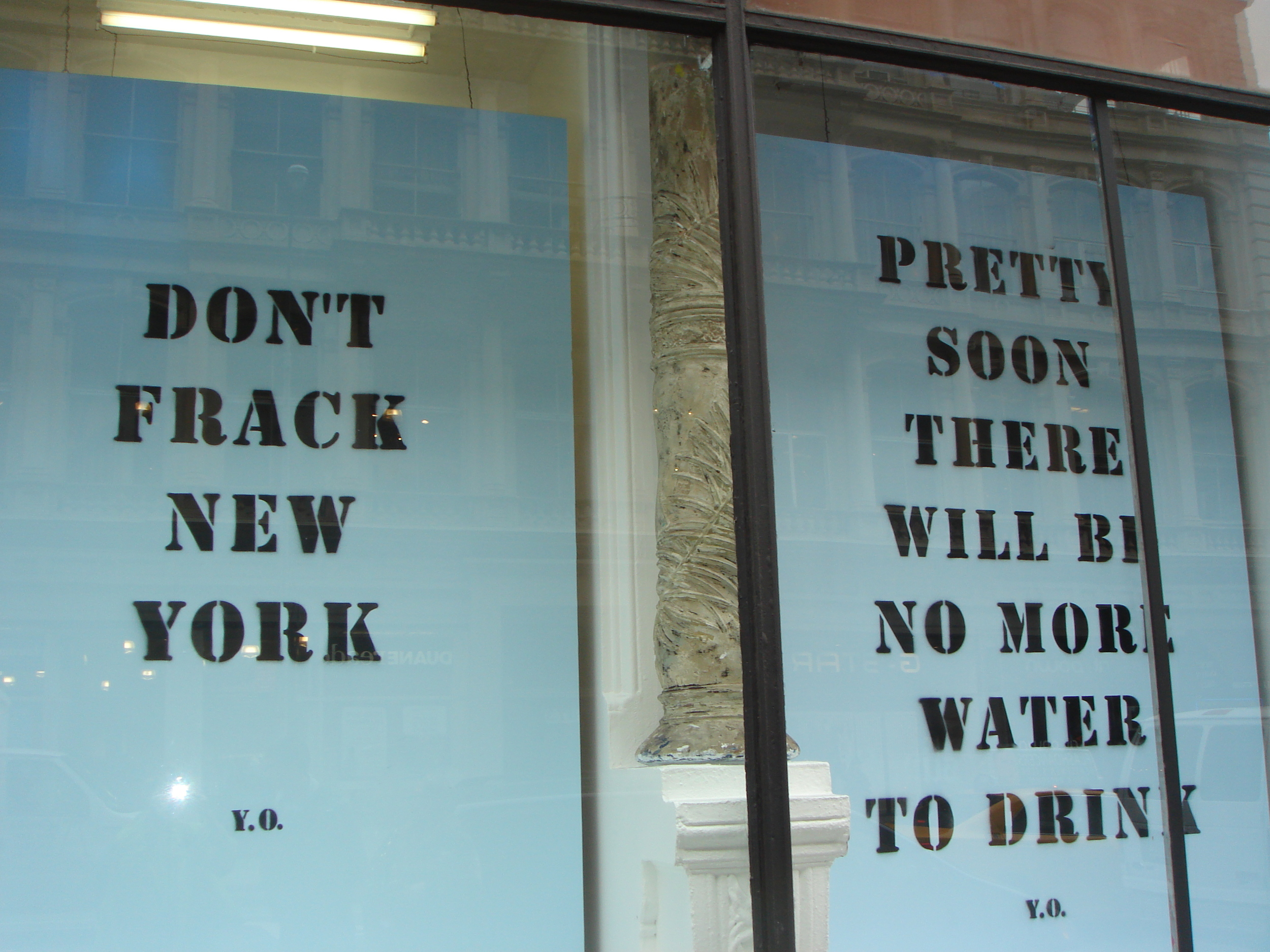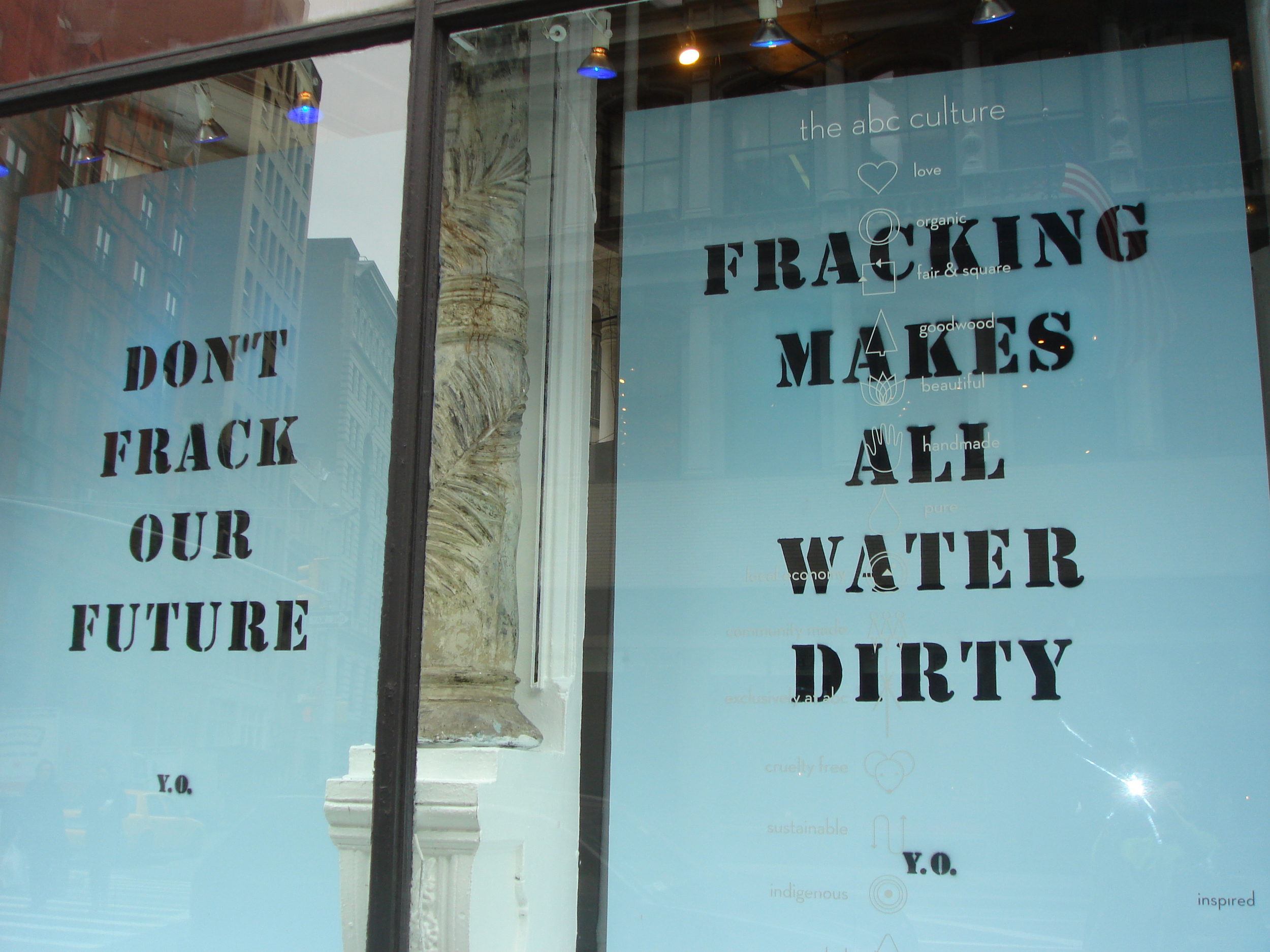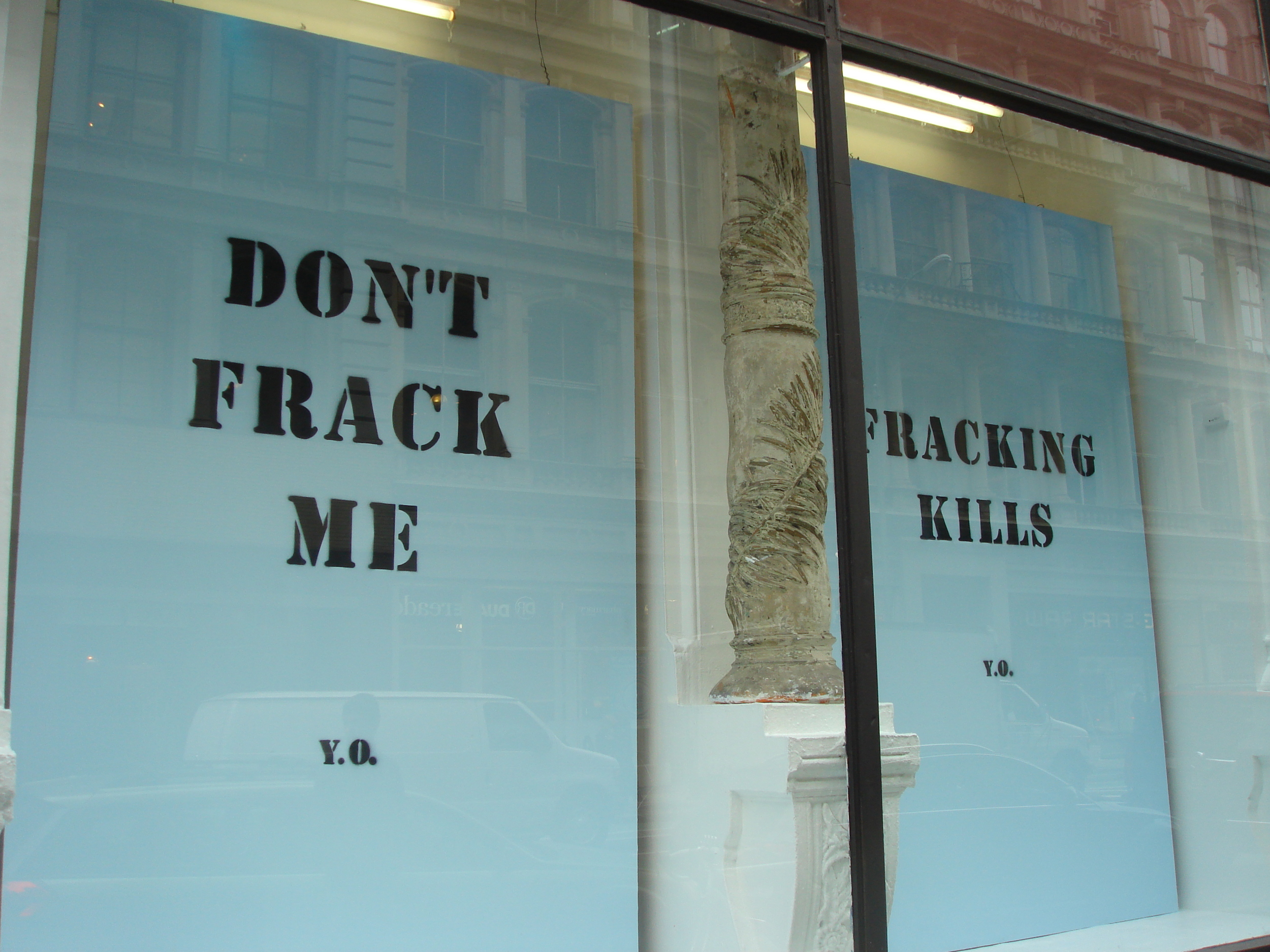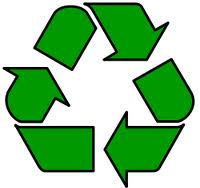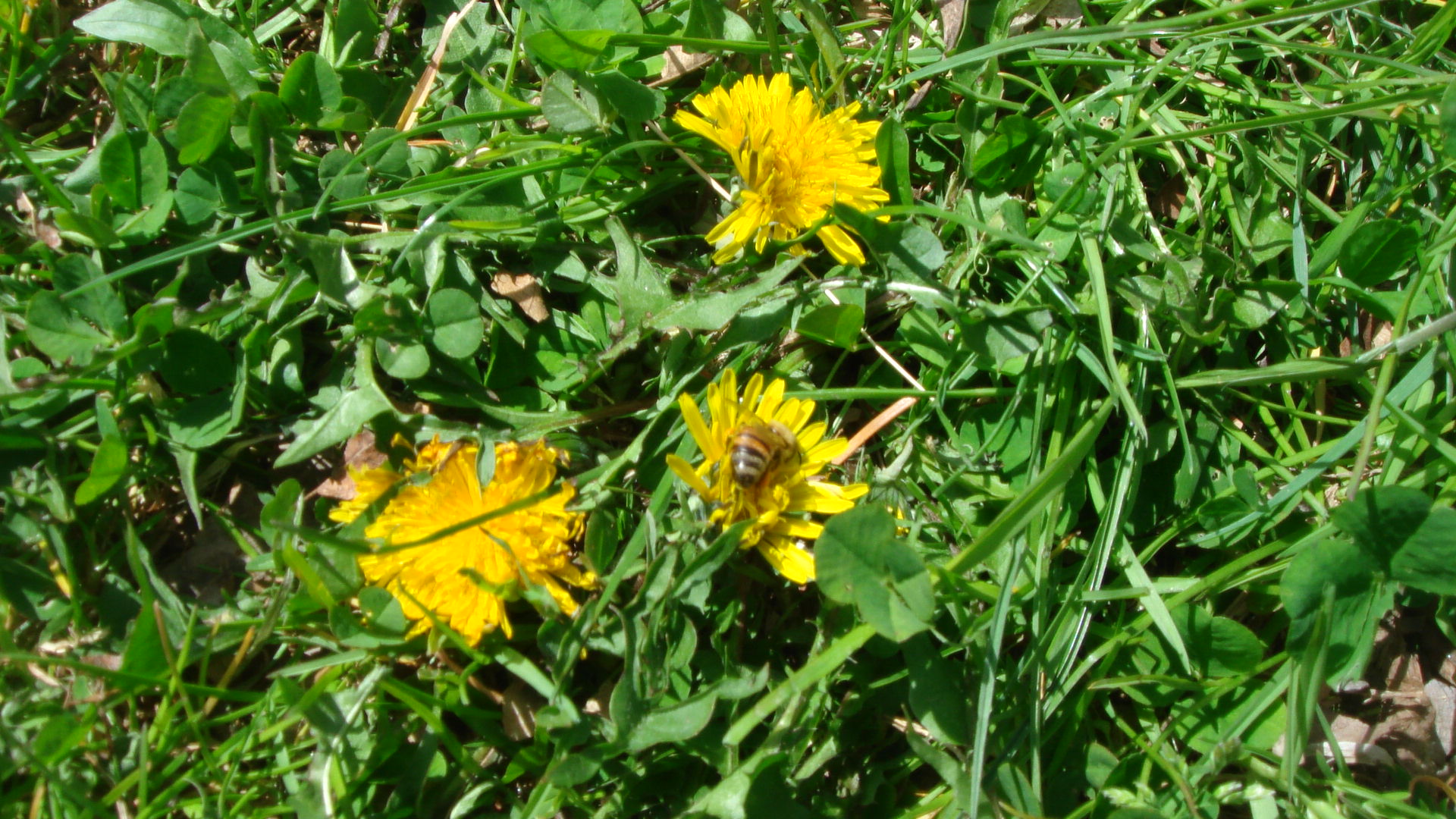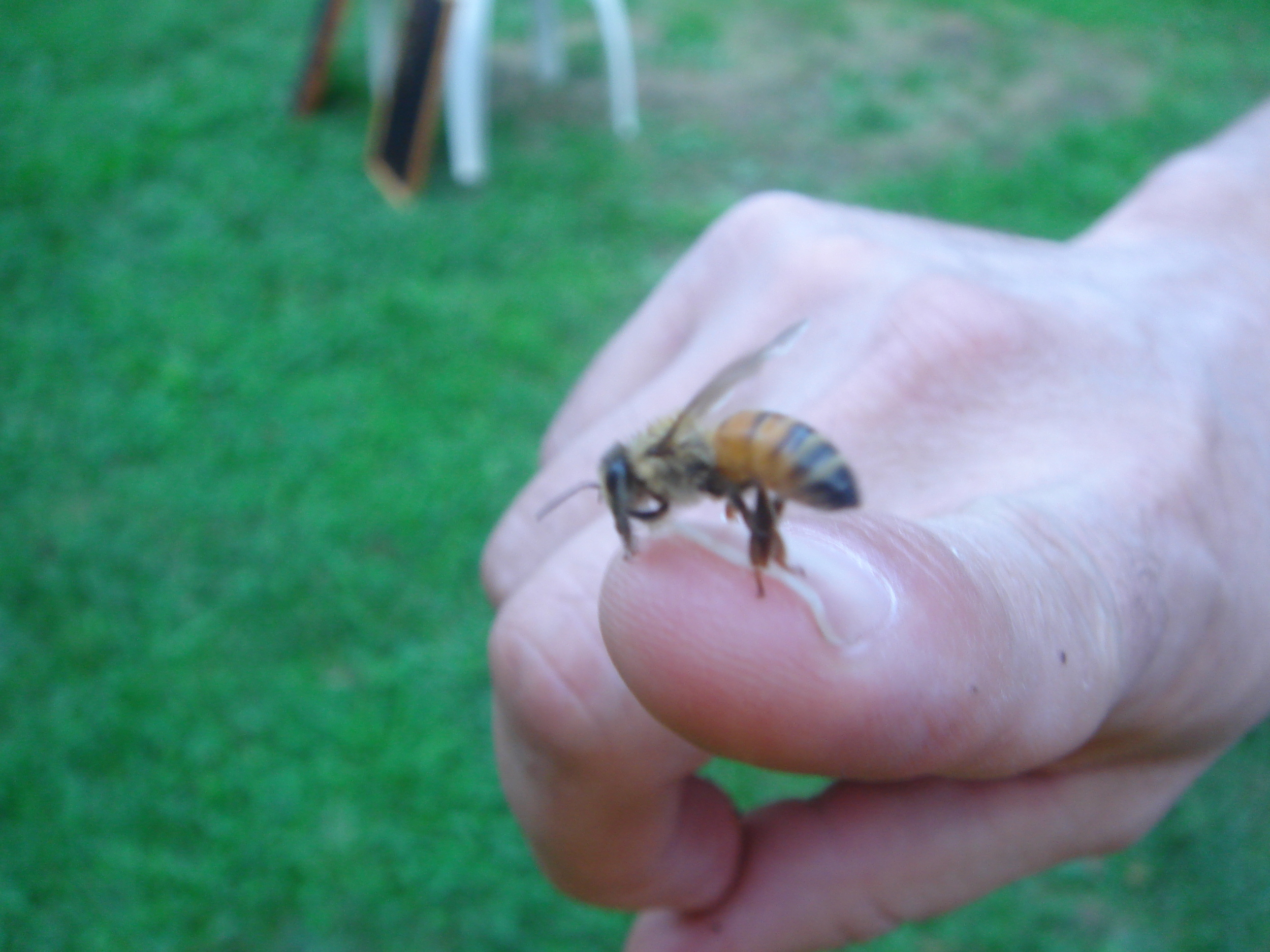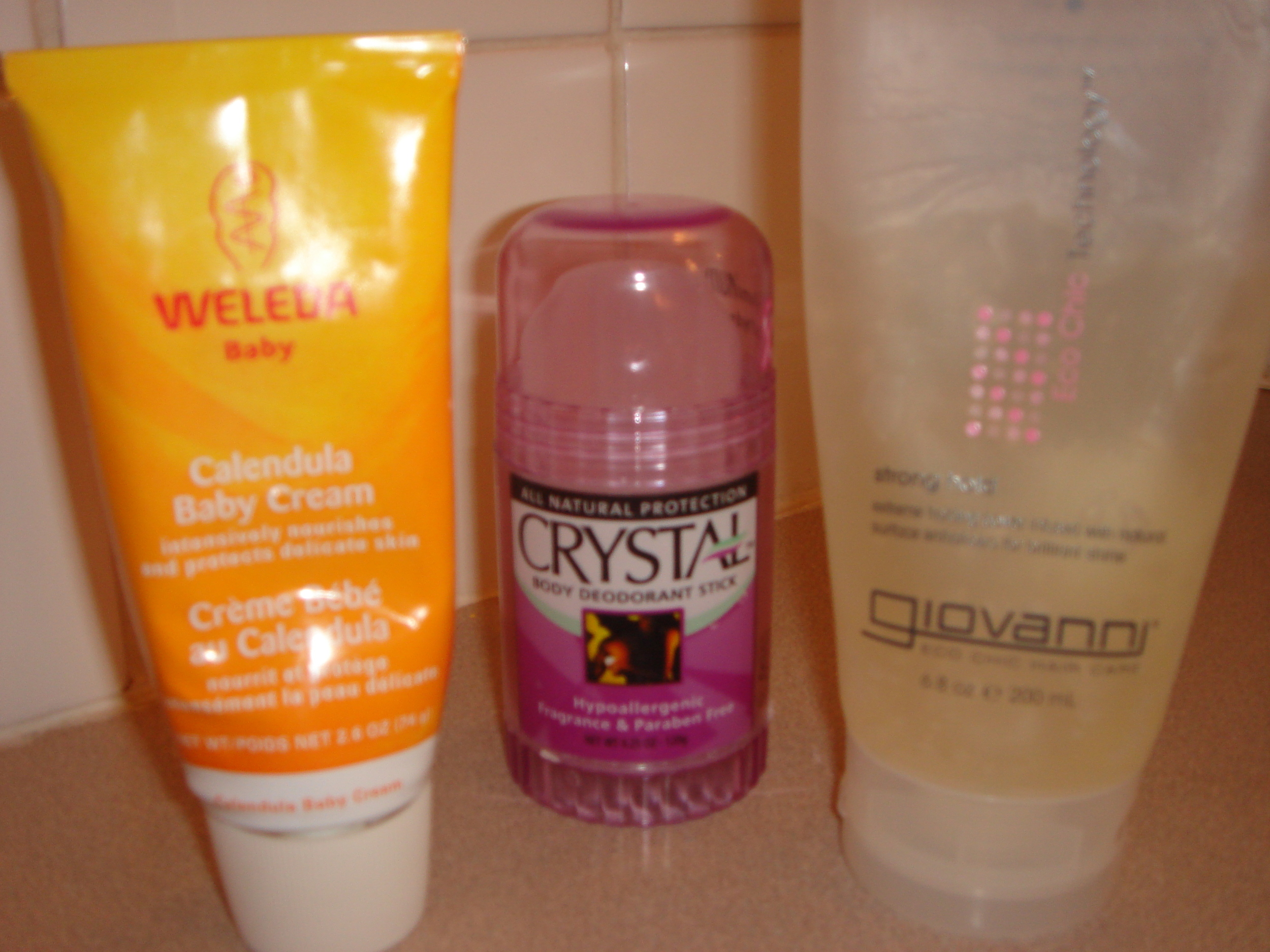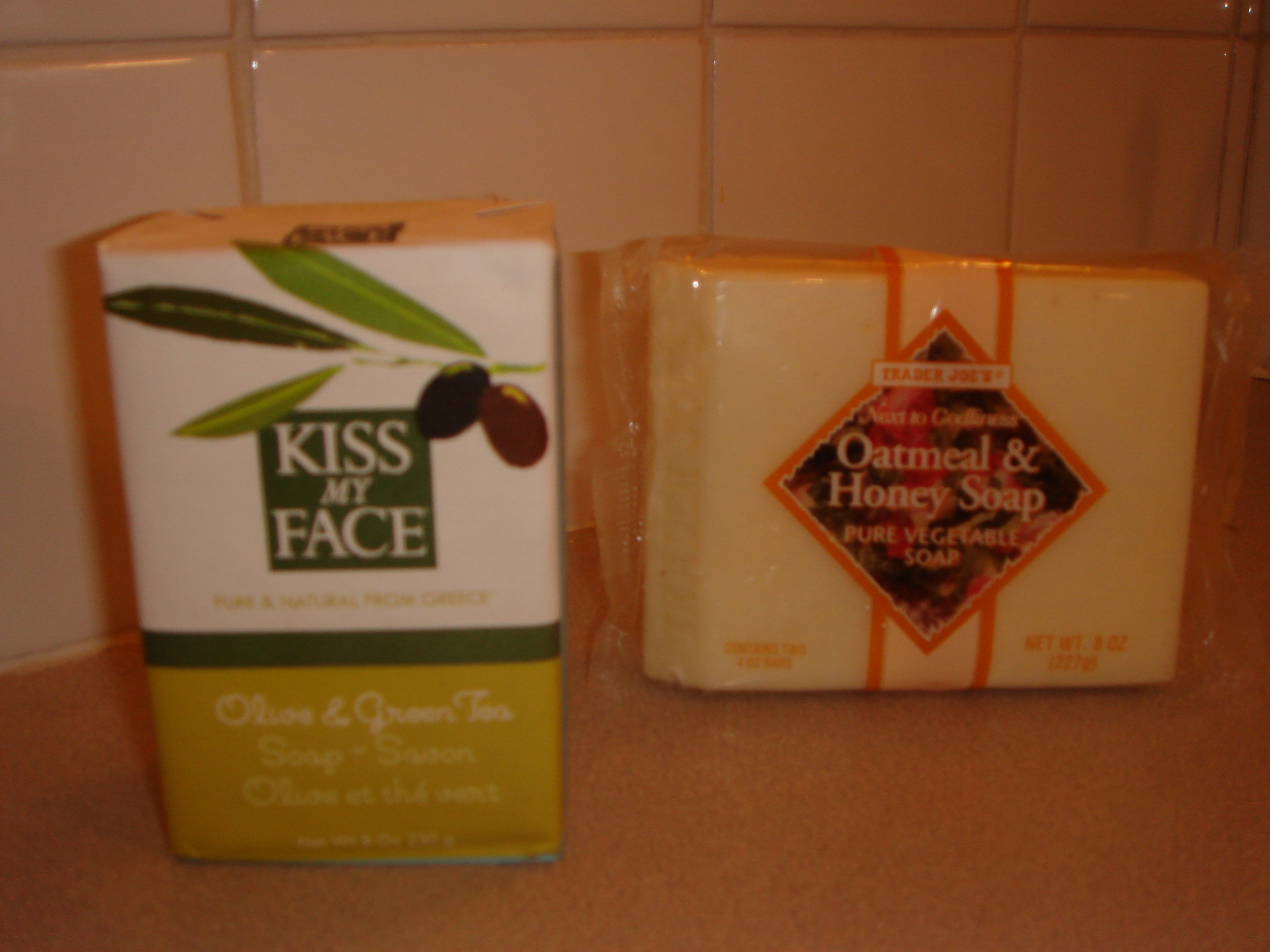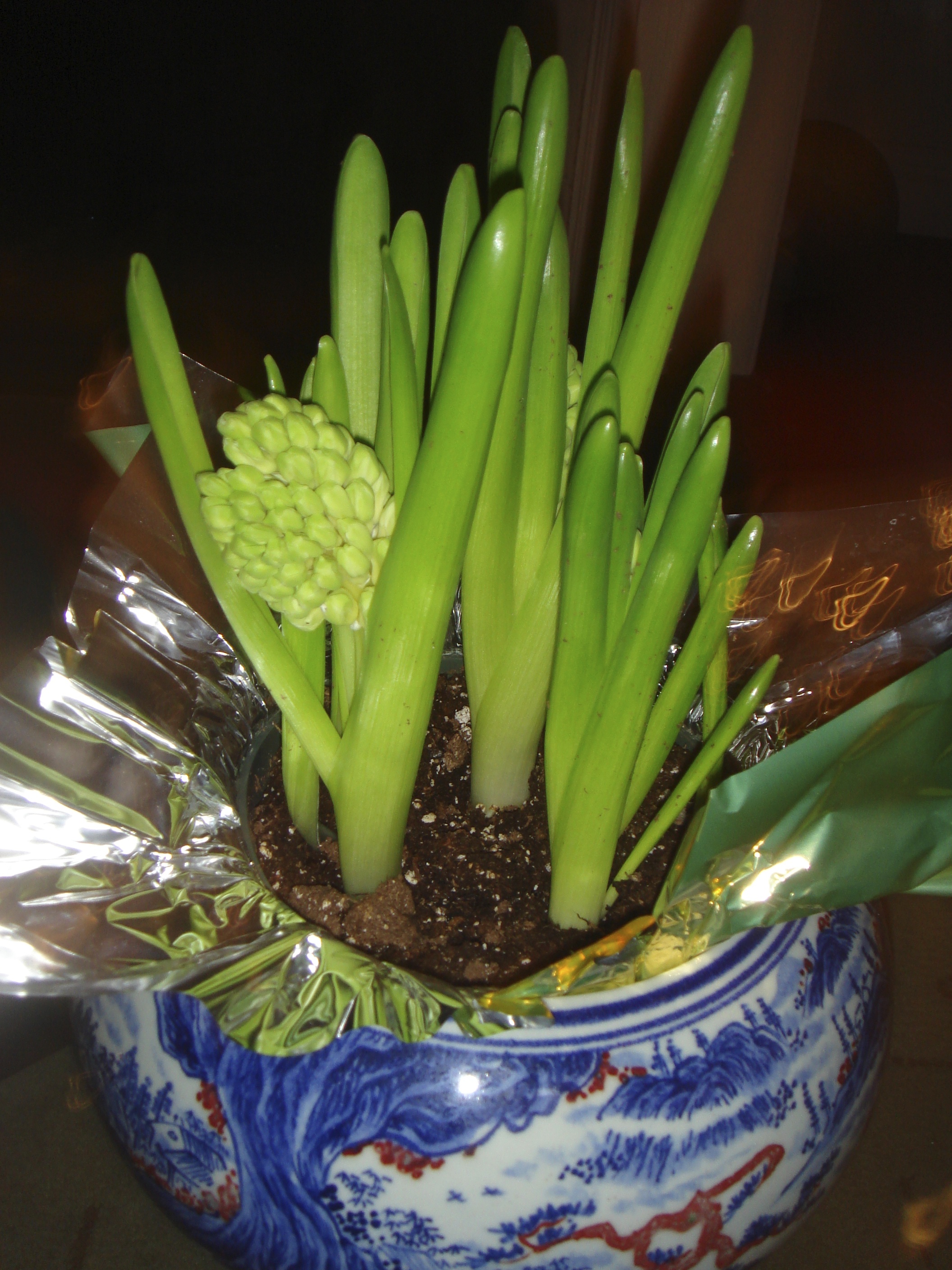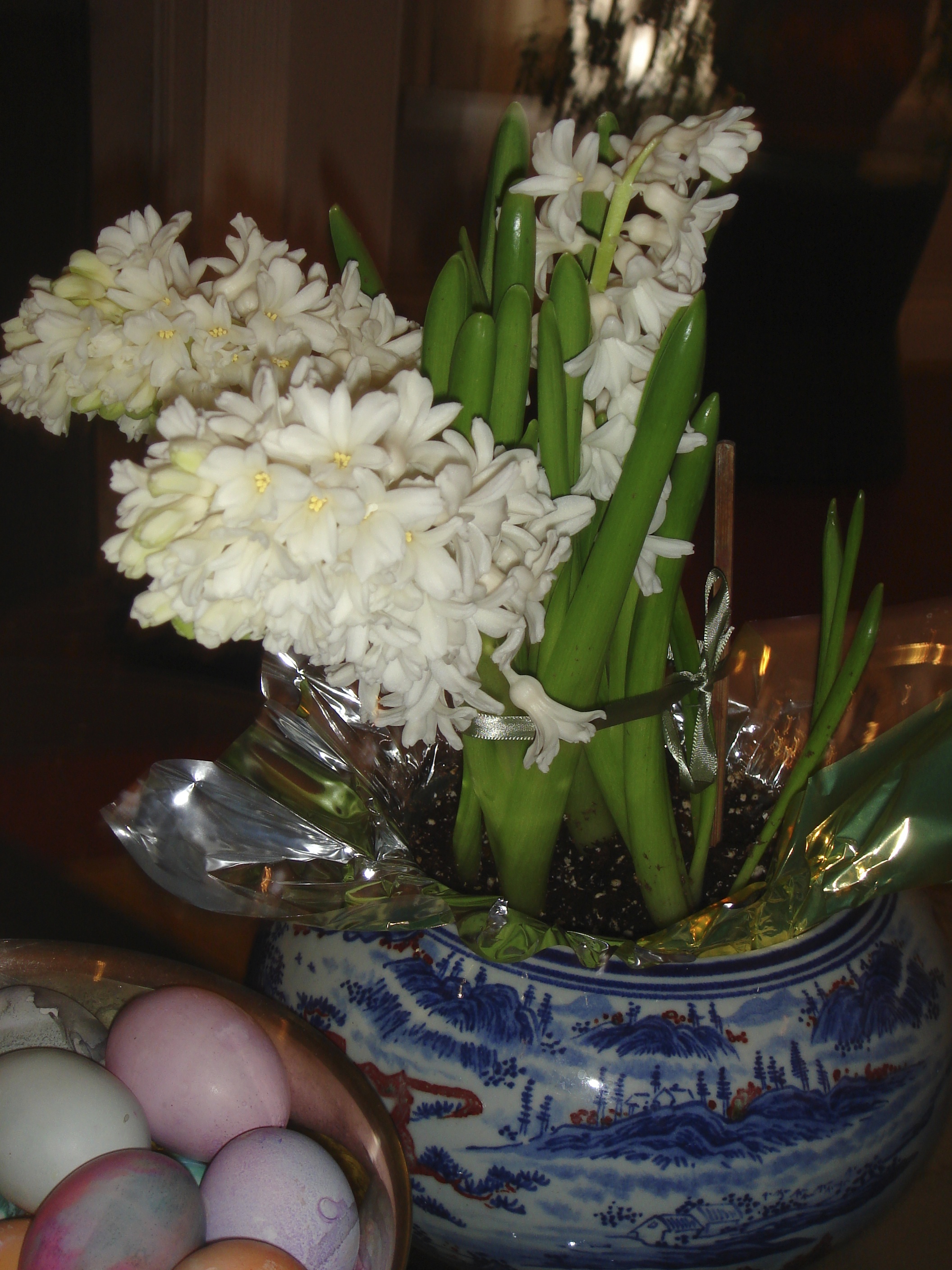 Perhaps surprisingly it’s not the same! It is not the same to be anti big-ag/anti pesticides or pro organic. It’s not the same to be anti abortion or pro life. Why not? Because energetically being anti anything perpetuates that which we protest, since that is what we keep thinking about (the energy doesn’t get the “not” part). If you keep protesting against war, war is the energy that gets perpetuated, whereas if you lobby for peace, peace is the energy that is being strengthened. Being pro something turns our mind to that which we favor, that which we wish to manifest.
That’s why it is so important to formulate what you do want in life, not what you don’t want, although defining what you don’t want first helps you to define better what it is you actually do want.
Perhaps surprisingly it’s not the same! It is not the same to be anti big-ag/anti pesticides or pro organic. It’s not the same to be anti abortion or pro life. Why not? Because energetically being anti anything perpetuates that which we protest, since that is what we keep thinking about (the energy doesn’t get the “not” part). If you keep protesting against war, war is the energy that gets perpetuated, whereas if you lobby for peace, peace is the energy that is being strengthened. Being pro something turns our mind to that which we favor, that which we wish to manifest.
That’s why it is so important to formulate what you do want in life, not what you don’t want, although defining what you don’t want first helps you to define better what it is you actually do want.
So next time you are angry with something out there – perhaps the politicians, the terrible meat industry, your coworker, your child for something s/he did – turn your thinking around and emphasize what you’d like to see instead – vote for something, buy meat that has been raised the way you prefer, talk to your coworker about the feelings his/her behavior elicits in you and what can be done about it, encourage and reward your child for the behavior you’d like to reinforce.

